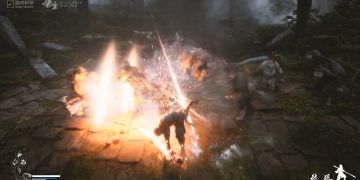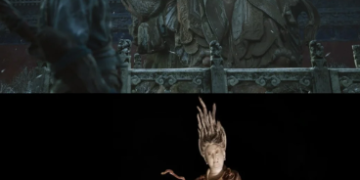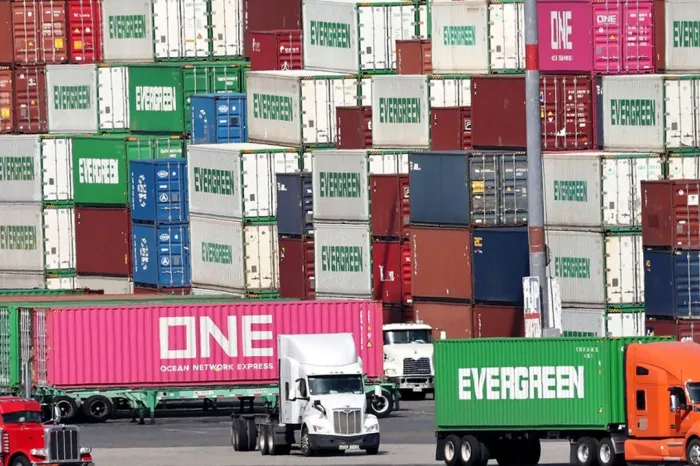Trump’s Second Term: A Crossroads for America and the World
As Donald Trump enters his second term as President of the United States, his administration is marked by dramatic policy reversals, international diplomatic maneuvering, and a wave of domestic unrest. The current political landscape is shaped by his ambitious initiatives—from imposing tariffs on foreign goods and launching massive infrastructure projects at the White House to recalibrating America’s foreign relations with allies and adversaries alike. The consequences of these moves reverberate across American society and the global stage.
Economic Nationalism: Tariffs, Trade Wars, and Supply Chain Realignment
One of Trump’s defining strategies remains economic nationalism. Recently, the administration imposed sweeping tariffs on imported goods, targeting not only China but also Colombia and other trade partners. The impact on American businesses and consumers is profound. According to economists at Coface, in sectors like beverages—including alcohol—the average price of imported drinks fell by nearly 12% between January and September 2025 due to tariff pressure. However, retail prices for American consumers remained stable, suggesting that importers are absorbing much of the cost. In other industries, consumers are feeling the pinch as companies pass on increased costs.
Trump’s trade war with China extends beyond tariffs. Concerned about America’s dependence on Chinese rare earth minerals—a critical component in electronics and defense—Trump inked a landmark agreement with Australia to secure supply chains for these resources. Both nations pledged billions toward developing mining projects and advanced processing facilities in Australia. This agreement is part of a broader strategy to counter China’s near-monopoly on rare earths and strengthen Western technological sovereignty.
Moreover, Trump has threatened additional tariffs as high as 100% on Chinese exports if Beijing continues to restrict shipments of critical minerals. These moves have sparked new rounds of negotiations but also heightened tensions with Beijing. The administration simultaneously reassured Australia about the delivery of nuclear submarines under the Aukus alliance, emphasizing military cooperation in the Pacific despite past diplomatic friction with France.
Domestic Upheaval: Mass Protests and Political Polarization
On the home front, Trump’s presidency faces mounting resistance. On October 18th, seven million Americans took to the streets under the banner of the “No Kings” movement—a mass mobilization protesting Trump’s immigration, education, and security policies. Organizers argue that these policies edge America toward autocracy. Demonstrations swept major cities like New York, Los Angeles, Chicago, Houston, Miami, and Washington D.C. , each presenting unique logistical challenges: from legal observers monitoring police interactions to youth activists using social media for real-time coordination.
The demographic breadth of these protests is striking. Seniors marched alongside college students; minority communities voiced concerns over immigration crackdowns; legal observers documented instances of police restraint or escalation. Protesters carried signs referencing historical civil rights marches and chanted slogans echoing earlier movements against perceived government overreach.
International solidarity amplified the movement’s message—with parallel protests erupting in London, Madrid, Berlin, and Sydney. Foreign leaders issued statements supporting democratic norms in America: UK Prime Minister Rishi Sunak called for respect for peaceful protest; Spain’s Pedro Sánchez urged dialogue between opposing factions; Germany’s Annalena Baerbock highlighted the importance of civil society engagement in defending democracy.
Trump’s response was characteristically combative. In a video generated by AI on Truth Social, he depicted himself as “King Trump,” mocking protesters with satirical imagery that critics denounced as inflammatory. Vice President J.D. Vance followed suit with his own video portraying Democratic leaders kneeling before Trump—further deepening partisan divisions.
The protests coincided with a government shutdown—the tenth major one since 1976—as Trump froze $11 billion in infrastructure projects in Democratic states and announced layoffs among federal employees concentrated in opposition strongholds like New York and California.
Foreign Affairs: Diplomacy Amidst Conflict and Crisis
Trump’s foreign policy is marked by unpredictability and bold maneuvers. In Ukraine, he oscillated between supporting Kyiv against Russian aggression and seeking rapprochement with Vladimir Putin. Plans for a Trump-Putin summit in Budapest were abruptly shelved after tense talks with Ukrainian President Volodymyr Zelenskyy—during which Trump reportedly pressured Ukraine to cede territory in exchange for peace.
In Asia, North Korea resumed missile tests just days before Trump’s planned visit to South Korea for the APEC summit. Despite previous failed negotiations over denuclearization, Kim Jong Un expressed willingness to re-engage—if Washington dropped its demand for complete nuclear disarmament. This renewed dialogue reflects both the opportunities and limits of Trump’s personal diplomacy.
Meanwhile, escalating violence in Gaza tested Trump’s peacemaking credentials. After brokering a fragile ceasefire between Israel and Hamas, renewed Israeli airstrikes killed dozens—prompting international outcry but only muted criticism from Washington. Vice President Vance downplayed the violence while urging Gulf states to help disarm Hamas—a stance criticized by humanitarian organizations for its lack of urgency regarding civilian casualties.
In Latin America, relations with Colombia hit historic lows after U.S.-led military strikes against suspected drug-trafficking vessels killed multiple individuals at sea—actions Colombian President Gustavo Petro condemned as violations of national sovereignty.
Political Theater: White House Renovations and Space Ambitions
Beyond policy battles, Trump continues to shape public perception through grand gestures—most notably his decision to demolish part of the White House’s East Wing to build a colossal ballroom accommodating up to 1,000 guests. The $250 million project is privately funded by major corporations and wealthy donors—including tech giants like Amazon, Apple, Meta, Google, Microsoft—and defense contractor Lockheed Martin.
Architectural critics have debated whether this renovation constitutes patriotic pageantry or nationalist propaganda—drawing parallels to historical efforts by leaders worldwide to use architecture as a symbol of power.
On another front, Trump has intensified pressure on NASA and SpaceX to accelerate America’s return to the Moon before China achieves its own lunar landing by 2030. Delays in SpaceX’s Starship program prompted threats of opening new contracts for competitors such as Blue Origin—setting off an intra-industry race reminiscent of Cold War-era space competition.
Aerospace experts warn that technical challenges—including in-orbit refueling and crew safety—could delay lunar missions well beyond Trump’s desired timeline. Nevertheless, this push has reinvigorated debate about U.S. scientific priorities versus geopolitical rivalry with China.
Voices from Across America: Protesters, Experts, Officials Weigh In
Personal stories from protesters highlight both frustration and hope:
– Maria Gutierrez (Los Angeles): “My family immigrated here seeking opportunity; now we’re afraid our rights will be rolled back by executive orders that target us directly.”
– David Harris (Chicago): “As a veteran teacher, I see students fearful about their future—education cuts threaten their dreams.”
– Jamal Thompson (Atlanta): “We’re marching not just against Trump but for an America where all voices matter.”
– Linda Chen (San Francisco): “My parents marched for civil rights fifty years ago—I’m marching today so my children can do so tomorrow if needed.”
– Thomas Rodriguez (Miami): “We need leaders who unite—not divide us through spectacle or fear.”
– Sophia Williams (New York): “The shutdown hurts families who rely on federal programs—we want accountability.”
– Olivia Brown (Houston): “Police were respectful today—but last time things got tense quickly; legal observers made a difference.”
– Grace Lee (Seattle): “I joined because climate policy matters too; environmental rollbacks affect our city.”
– Michael Patel (Dallas): “Our community came together across generations—it was powerful.”
– Rebecca Stein (Philadelphia): “We’re tired but determined; democracy needs defending every day.”
– Carlos Martinez (Phoenix): “It feels like history repeating itself—the stakes are real.”
– Emily Nguyen (Boston): “Marching gives me hope—even when things seem bleak.”
Sociologists comment that such mass mobilizations indicate high levels of civic engagement but also signal deep social divides exacerbated by polarizing leadership.
Political scientists note that polling data show declining trust in government institutions among both parties—with more than 60% of Americans expressing concern over democratic backsliding according to recent Pew Research Center surveys.
Federal officials defend executive actions as necessary responses to security threats or fiscal responsibility but acknowledge risks of further alienating segments of the population.
International experts warn that America’s internal turbulence could weaken its global influence if left unchecked.
Historical Parallels: Protest Movements Past and Present
Analysts draw comparisons between today’s “No Kings” mobilization and previous mass movements—the Civil Rights marches of the 1960s; anti-war demonstrations during Vietnam; Occupy Wall Street in 2011; Black Lives Matter protests in recent years—all periods when millions took to the streets demandin




























